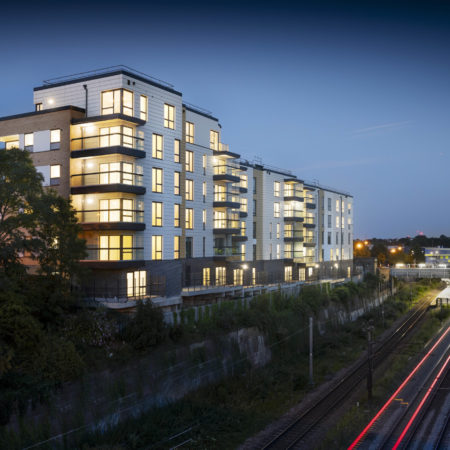Revisiting the Hackitt Report – Where Are We Now?
In June 2017, the Grenfell Tower tragedy caused 72 deaths in the deadliest UK residential fire since the Second World War. Since then, safety recommendations from the Hackitt Report have not been implemented. And now the effects of Covid-19 are putting further pressure on the social housing sector. What are the implications?
Following the fire, Dame Judith Hackitt prepared a report on building regulations and fire safety.
The two main aims of the review were to:
- Develop improved building regulations with a focus on residential high-rise blocks;
- Provide reassurance to residents that their homes were safe.
The Hackitt report identified the key issues underpinning the system failure as: ignorance of the regulations by those who need to understand them; and indifference to the need to deliver quality homes that are safe for people to live in. Hackitt criticised organisations that used ambiguity in the regulations and guidance to ‘game the system.’ Greater clarity over roles and responsibilities was seen as essential.
The required “radical rethink of the whole system and how it works” was never going to be straightforward. To further complicate matters the economic impact of Covid-19 will significantly increase the demand for social housing. It’s widely accepted that we need to build many more social homes urgently. Procurement activity doesn’t currently reflect this. Perhaps lack of clarity over standards and regulations is constraining the market.
Alongside growing demand for new social homes Grenfell-style cladding has still to be removed from nearly 50% of affected social housing. Several social housing providers also face increased costs because of staff having to isolate, alongside growing rent arrears as tenants struggle to make ends meet.
The Fire Safety Bill
The Association for Specialist Fire Prevention (ASFP) is reserving judgement on the effectiveness of the Fire Safety Bill passing through Parliament until it sees more detail on how the provisions will be enforced.
This relates to one of Hackitt’s main criticisms – inadequate regulatory oversight and enforcement tools. “The size or complexity of a project does not seem to inform the way in which it is overseen by the regulator. Where enforcement is necessary, it is often not pursued. Where it is pursued, the penalties are so small as to be an ineffective deterrent.”
Hackitt called for a greater focus on delivering the best quality building possible to ensure that residents are safe, and feel safe. Growing undersupply of social housing makes this an urgent consideration.
New safe social homes need to be built. Meanwhile, some housing providers face financial pressures and the need to simultaneously manage the replacement of non-compliant cladding. All of this needs to be done within a regulatory framework that has not yet been reformed and with a socially-distanced workforce.
On a more positive note, social housing creation should play a significant part in kick-starting the economy. Above all, we must build new social homes while providers and developers are confident that they are not adding to the safety problem.

